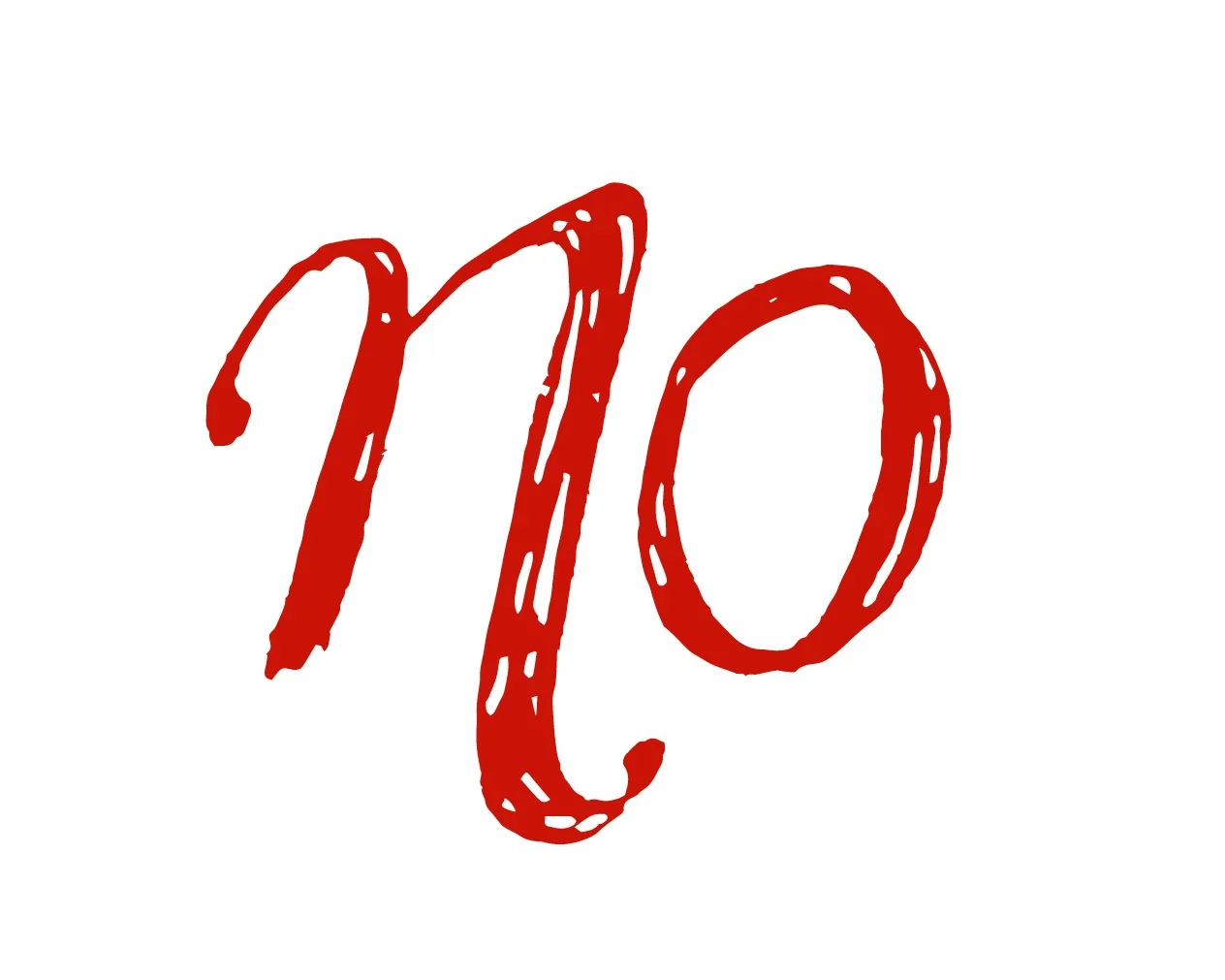Tech Nation Rebrand Project
Role: Creative direction
The starting point
Tech Nation was created in 2018; when Tech City and Tech North united to become one, united company which would serve tech entrepreneurs across the UK. Some initial branding exploration had been done, but this large scale company transformation needed a confident and professional image to match its new nationwide ambitions. I was given the opportunity to spearhead this big-budget project, working with a brilliant creative agency, Littlehawk.
The initial challenges:
People were aware of individual programmes, but didn’t recognise the programmes as a suite of services from one company
The programmes had good brand equity, but Tech Nation lacked its own personality and a distinct design system - the branding was lead too much by the personalities of the programmes
The current use of colour did not meet the standards of accessibility that customers would expect from a government sponsored, nationwide company
Internal stakeholders were a really crucial part of this project. Each programme manager is incredibly passionate about their work in helping UK tech companies, and they have a clear vision of how their programme should appear to their customers.
In consideration of this, it was important to kick this project off with a workshop to understand the nuances of each programme. This worked really well for both sides; the agency felt like they really understood the programmes and the internal team felt heard and involved in the process.
Big changes can be really tricky to implement, but this open approach meant that internal stakeholders really wanted to get their hands on the final product and we weren’t left with people hanging onto old logos and designs - they were ready and happy to get with the new!
The final product
During the research phase of the project, we discovered that the strongest elements of the initial branding were the bright colours and use of chevron-based patterns. The initial branding had been very pattern-led, which looked exciting, but presented problems with legibility and scalability - especially when combined with clashing colours. They were both great ideas; but their execution needed a re-think.
Having understood the strongest parts of the initial work, we built a brand language that used the confidence and movement of the chevron to build a variety of personalities for the programmes.
There was now a strong design system, from which new products could be built if necessary. Plus, both the main brand and each programme brand met accessibility standards; nobody in our national audience would be excluded by our designs.
However, for me, the biggest success of the project was how much the internal stakeholders attitudes towards the branding changed. Previously, there had been a lot of bottlenecks in the design department due to disillusionment with the branding; people kept trying to fix issues themselves to make things more to their taste. With the new branding, internal stakeholders became really proud of the branding, and our design process has been much smoother ever since.




